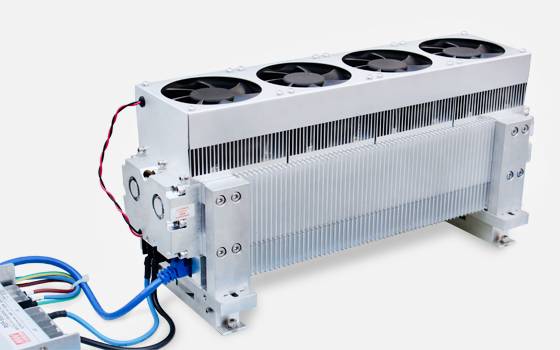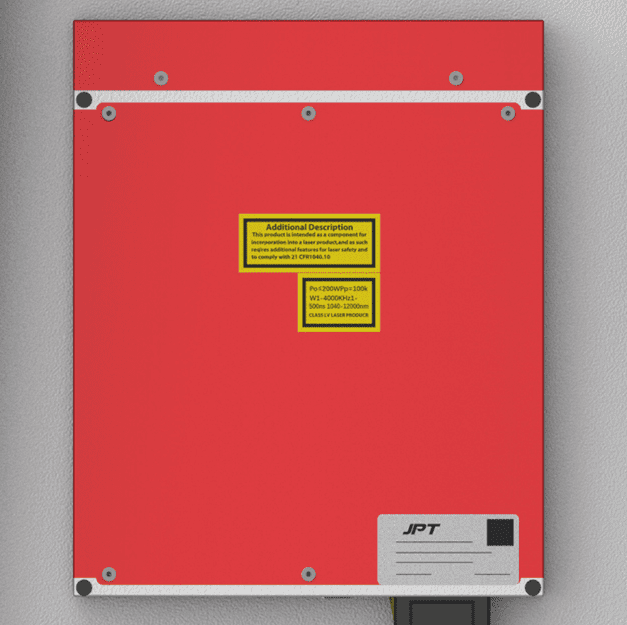CO2 vs. Fiber
CO2 laser machines and fiber laser machines are two distinct types of laser systems that differ in their laser source, wavelength, beam delivery, material compatibility, and cutting mechanisms. CO2 lasers are versatile and can efficiently cut a wide range of materials, including non-metallic materials, with high cutting speeds, but they are larger and more complex systems.
CO2 Laser

Laser Source
CO2 laser cutting machines utilize a gas-based laser source, typically a mixture of carbon dioxide, nitrogen, and helium gases. The laser beam is generated through electrical excitation of the gas mixture.
Beam Delivery
The laser beam is typically delivered through a series of mirrors and lenses, requiring a complex optical path and precise alignment.
Material Compatibility
CO2 lasers are versatile and can cut a wide range of materials, including metals, plastics, wood, paper, textiles, and many others. They are particularly effective for cutting non-metallic materials.
Cutting Mechanism
CO2 lasers rely on a combination of heating and ablation (vaporization) to cut materials. The laser beam heats and vaporizes the material, creating a wider kerf (cut width) compared to fiber lasers.
Advantages
CO2 laser cutting machines offer high cutting speeds, especially for non-metallic materials. They can handle thicker materials and are highly effective for cutting materials with low thermal conductivity, such as plastics and wood.
Limitations
CO2 laser cutting machines tend to be larger and more complex than fiber laser systems. They may have higher operating costs due to gas consumption and require more maintenance. Additionally, they may not be as efficient for cutting highly reflective metals.
Fiber Laser

Laser Source
Fiber laser cutting machines utilize a solid-state laser source, where the laser beam is generated within a doped optical fiber.
Beam Delivery
The laser beam is delivered through a flexible fiber optic cable, allowing for a more compact and flexible system design.
Material Compatibility
Fiber lasers are particularly effective for cutting metals, such as mild steel, stainless steel, aluminum, and copper. They can also process certain non-metallic materials, but their performance may be limited compared to CO2 lasers for materials like plastics and wood.
Cutting Mechanism
Fiber lasers rely on heat conduction to cut materials. The laser beam heats and melts the material, creating a narrow kerf (cut width) as the laser moves across the surface.
Advantages
Fiber laser cutting machines offer high electrical efficiency, low maintenance requirements, and compact footprints. They can achieve precise cuts with narrow kerfs and are well-suited for cutting thin to medium-thickness metals.
Limitations
Fiber lasers may struggle with thicker materials or highly reflective surfaces, and their cutting speed can be slower compared to CO2 lasers for certain non-metallic materials.
Summary
Fiber lasers, on the other hand, excel at cutting metals with high precision and narrow kerfs, offering high electrical efficiency, low maintenance, and compact footprints. The choice between the two depends on the specific application, material requirements, desired cutting performance, and budgetary constraints.

.png) International
International
 United States
United States
 Brasil
Brasil
 Canada
Canada
 Costa Rica
Costa Rica
 Česká
Česká
 Ελλάδα
Ελλάδα
 Polska
Polska
 Ireland
Ireland
 Portugal
Portugal
 Lietuva
Lietuva
 Россия
Россия Deutschland
Deutschland
 Britain
Britain
 Україна
Україна
 France
France
 Sverige
Sverige
 Italia
Italia
 Norway
Norway
 Denmark
Denmark
 Romania
Romania
 한국
한국
 中国
中国
 ประเทศไทย
ประเทศไทย
 中国香港
中国香港
 Israel
Israel
 中國臺灣
中國臺灣
 India
India
 پاکستان
پاکستان
 پශ්රී ලංකා
پශ්රී ලංකා
 ジャパン
ジャパン
 Australia
Australia
 New Zealand
New Zealand
 South Africa
South Africa